Guard cells Under Microscope
Image Gallery
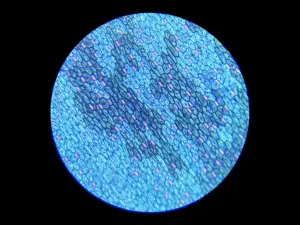

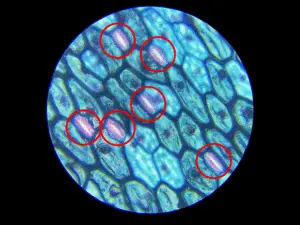



Description
Under the microscope, guard cells appear as specialized, kidney-shaped (in dicots) or dumbbell-shaped (in monocots) pairs of cells that flank a central pore called the stoma (plural: stomata) on the surface of leaves, especially on the lower epidermis.
Microscopic Appearance of Guard Cells:
Guard cells are usually kidney-shaped in dicotyledonous plants (e.g., bean, sunflower) and dumbbell-shaped in monocotyledonous plants (e.g., grass, maize).
They are located in pairs, forming an elliptical opening (stomatal pore) between them.
The cell wall is unevenly thickened—the inner wall (towards the stoma) is thicker and less elastic, while the outer wall is thinner and more flexible, allowing the stoma to open and close with changes in turgor pressure.
Guard cells have visible nuclei, which helps distinguish them from surrounding epidermal cells.
Chloroplasts are present in guard cells, unlike most other epidermal cells, making them appear greener or more granular under higher magnification and proper lighting.
Under high magnification (typically 400x or more), cytoplasmic streaming and the green chloroplasts are often visible within the guard cells.
The surrounding epidermal cells are more elongated and irregular, and they lack chloroplasts, which helps highlight the contrast.
When stained with iodine or safranin, the cell walls and nuclei become more prominent for clearer observation.
In open stomata, the stoma appears as a clear slit or pore between the two guard cells; in closed stomata, the guard cells appear pressed together with little or no visible gap.
Observation Tips:
Best observed using a peel from the lower epidermis of a leaf (e.g., from Rhoeo, Tradescantia, or Hibiscus) mounted in water or glycerine.
Use bright-field microscopy at 100x–400x magnification.
Apply safranin or iodine stain for better contrast if unstained cells are difficult to differentiate.
Guard cells are more abundant on the lower epidermis than on the upper surface.
Key Identification Features:
Kidney or dumbbell shape.
Present in pairs, forming a pore between them.
Contain chloroplasts (green coloration under natural light).
Unequal cell wall thickness.
Surrounded by non-green epidermal cells.
Equipment
Compound Microscope
Magnification
40x, 100x, 400x
Staining Technique
Sourav Pan (2025). Guard cells Under Microscope. Biology Notes Online. Retrieved 30/11/2025 from https://biologynotesonline.com/community-image/guard-cells-under-microscope/
Helpful: 0%
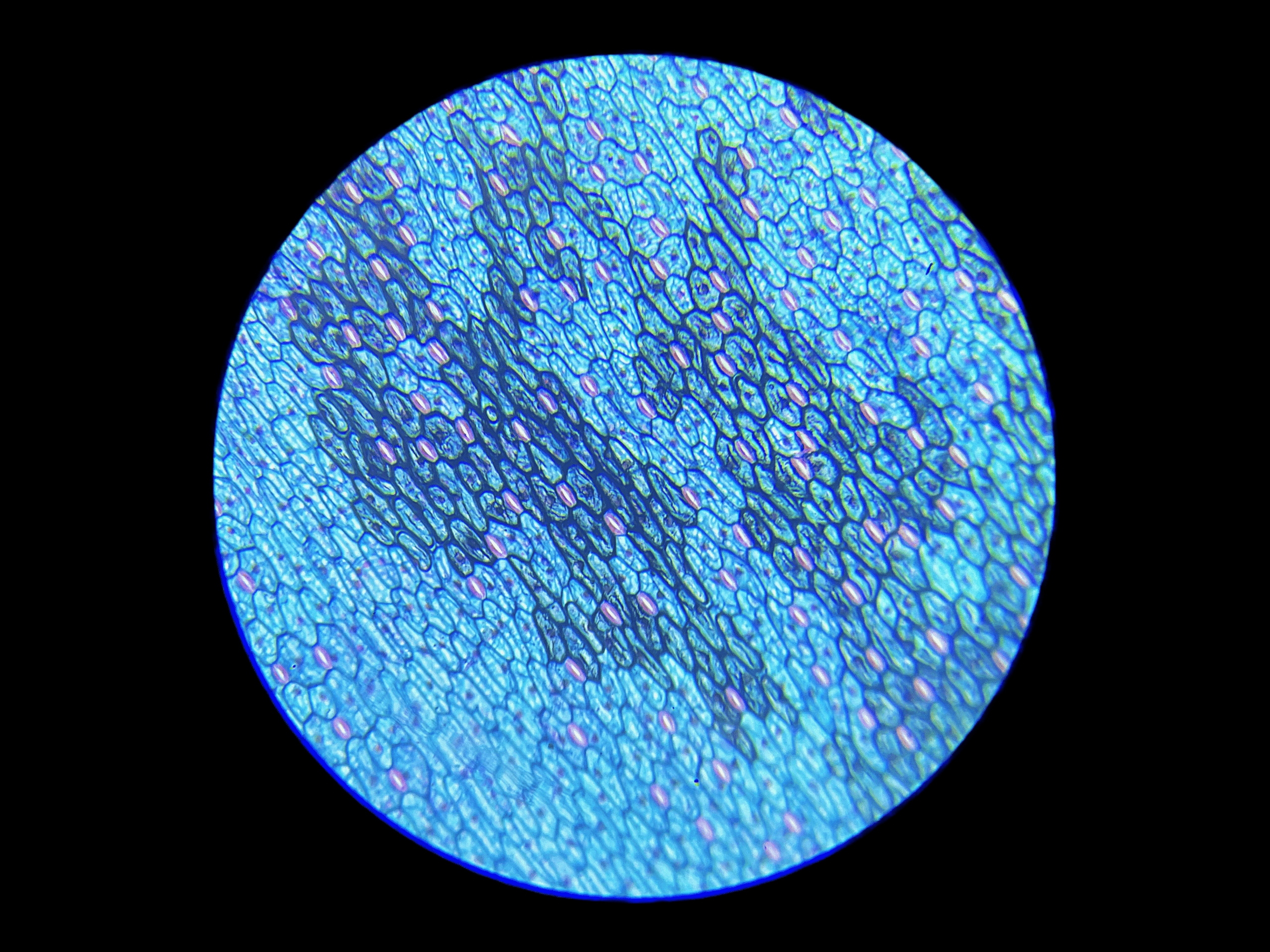


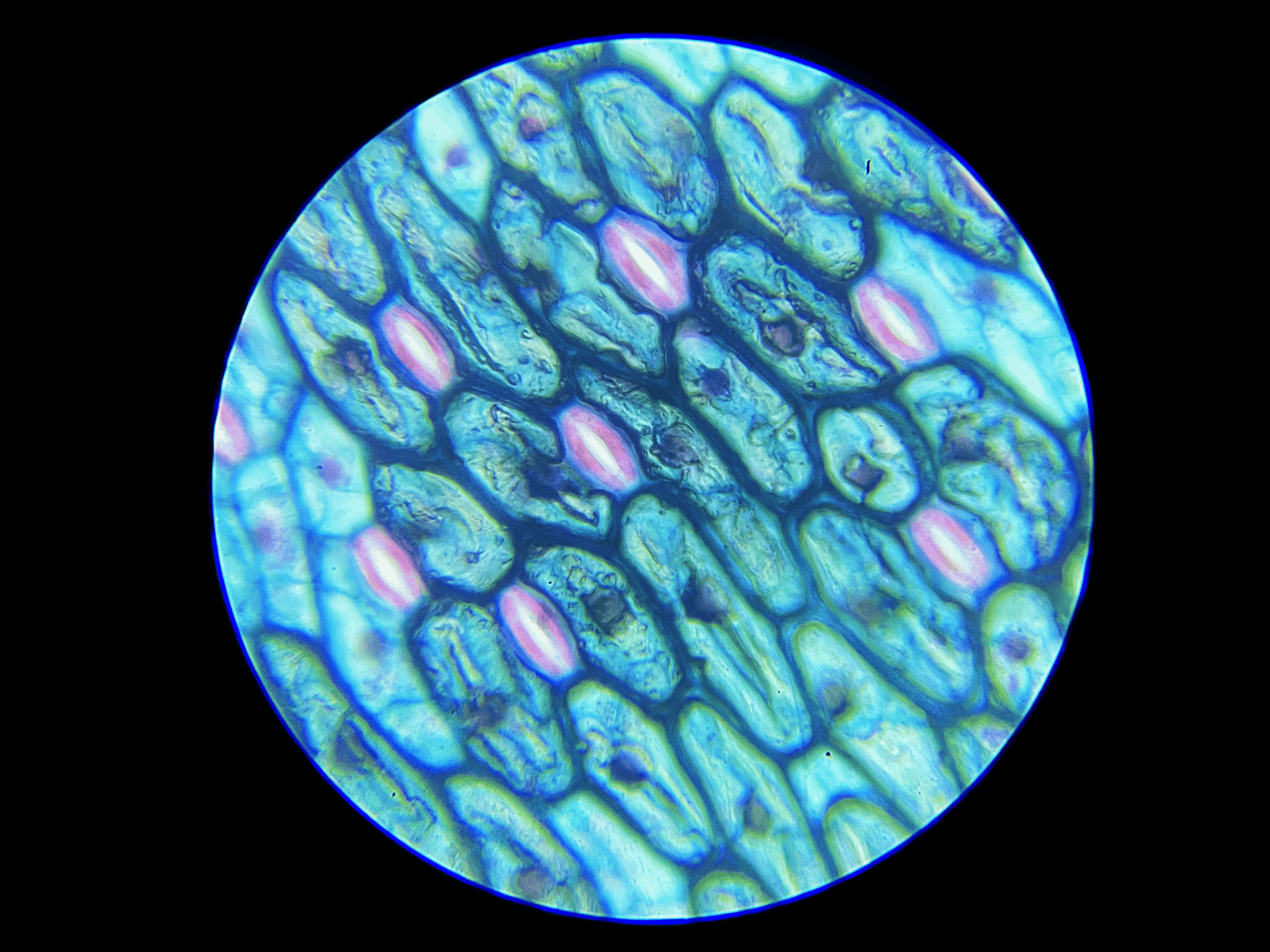
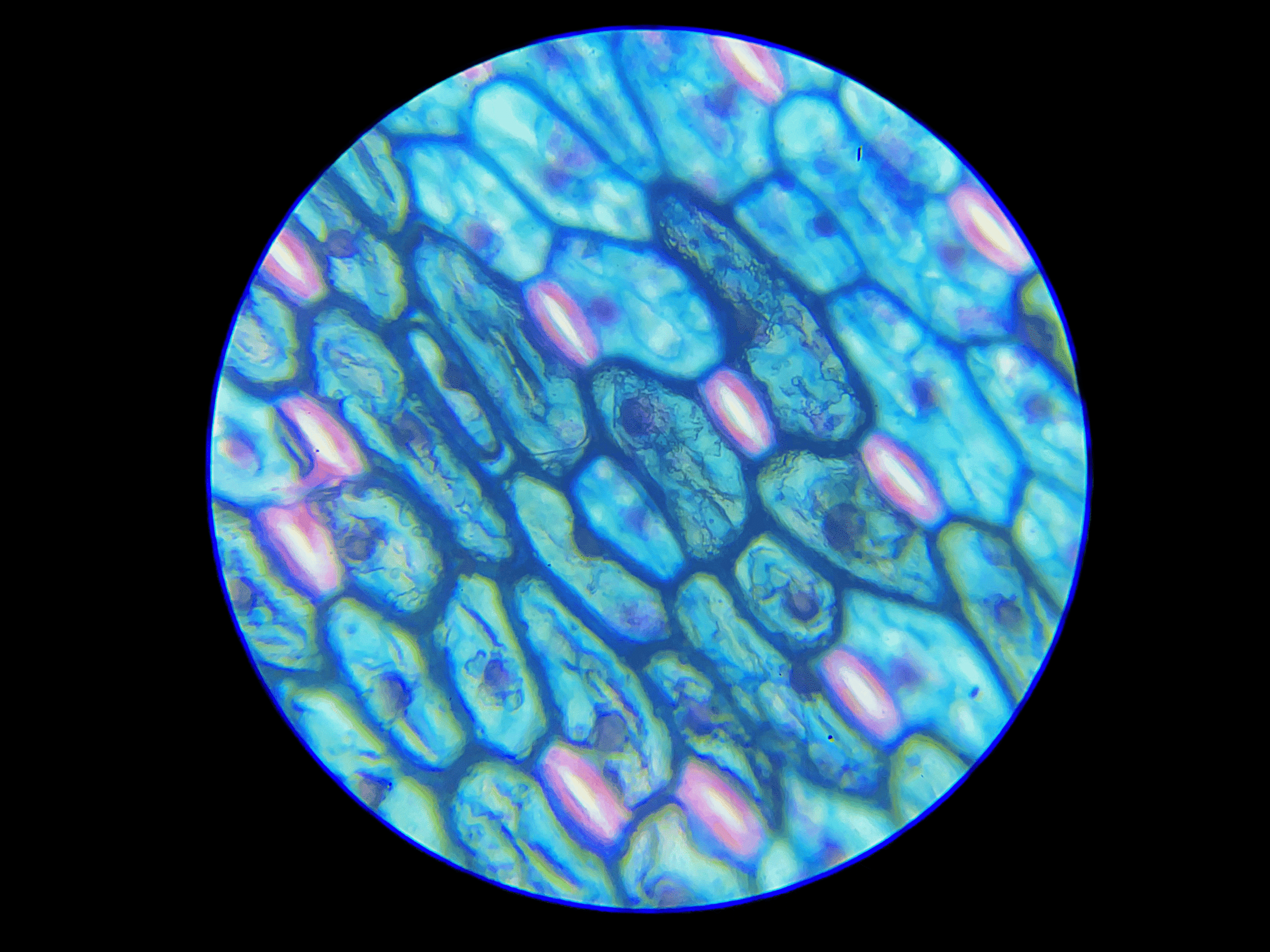
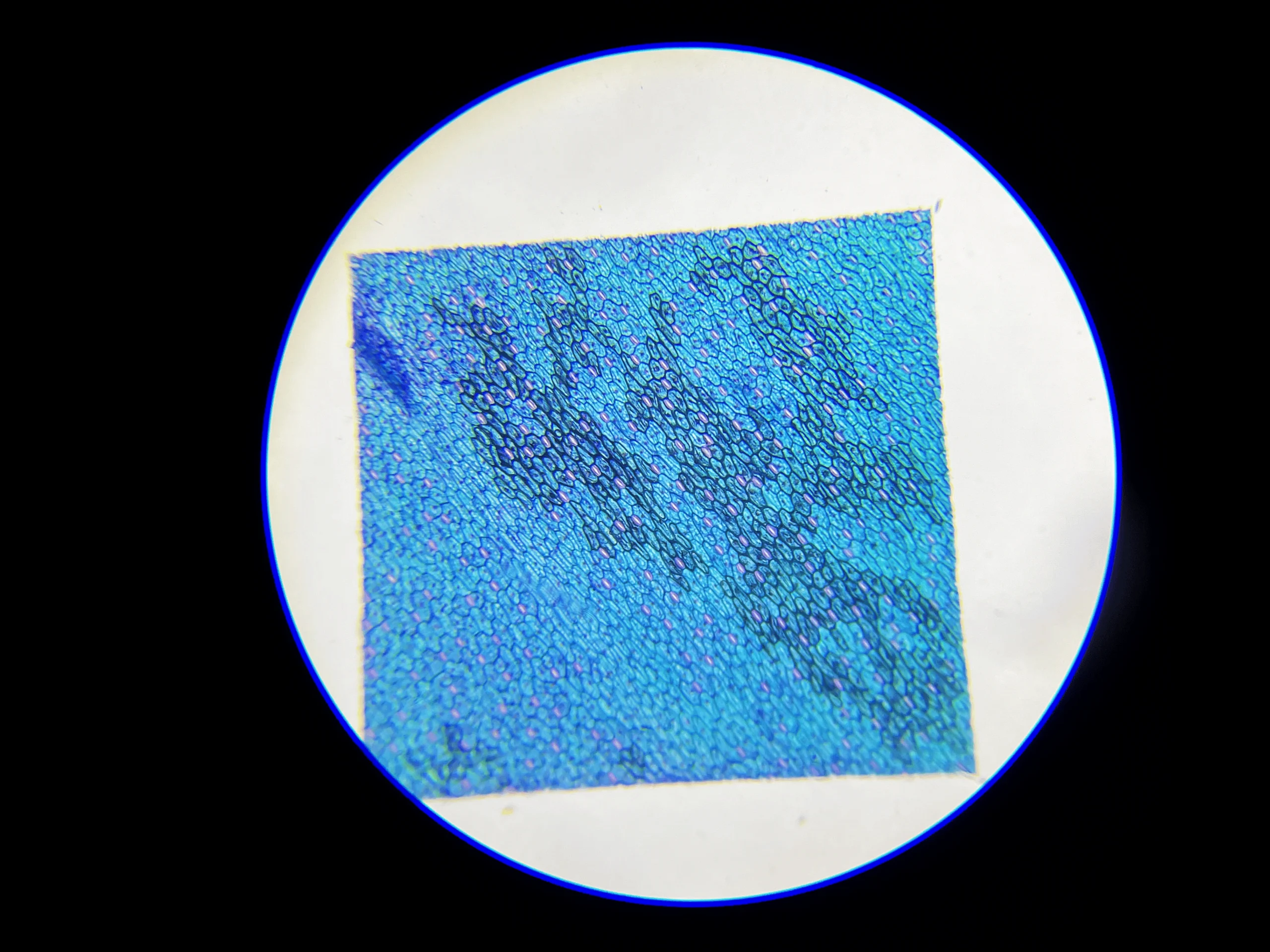
- Text Highlighting: Select any text in the post content to highlight it
- Text Annotation: Select text and add comments with annotations
- Comment Management: Edit or delete your own comments
- Highlight Management: Remove your own highlights
How to use: Simply select any text in the post content above, and you'll see annotation options. Login here or create an account to get started.